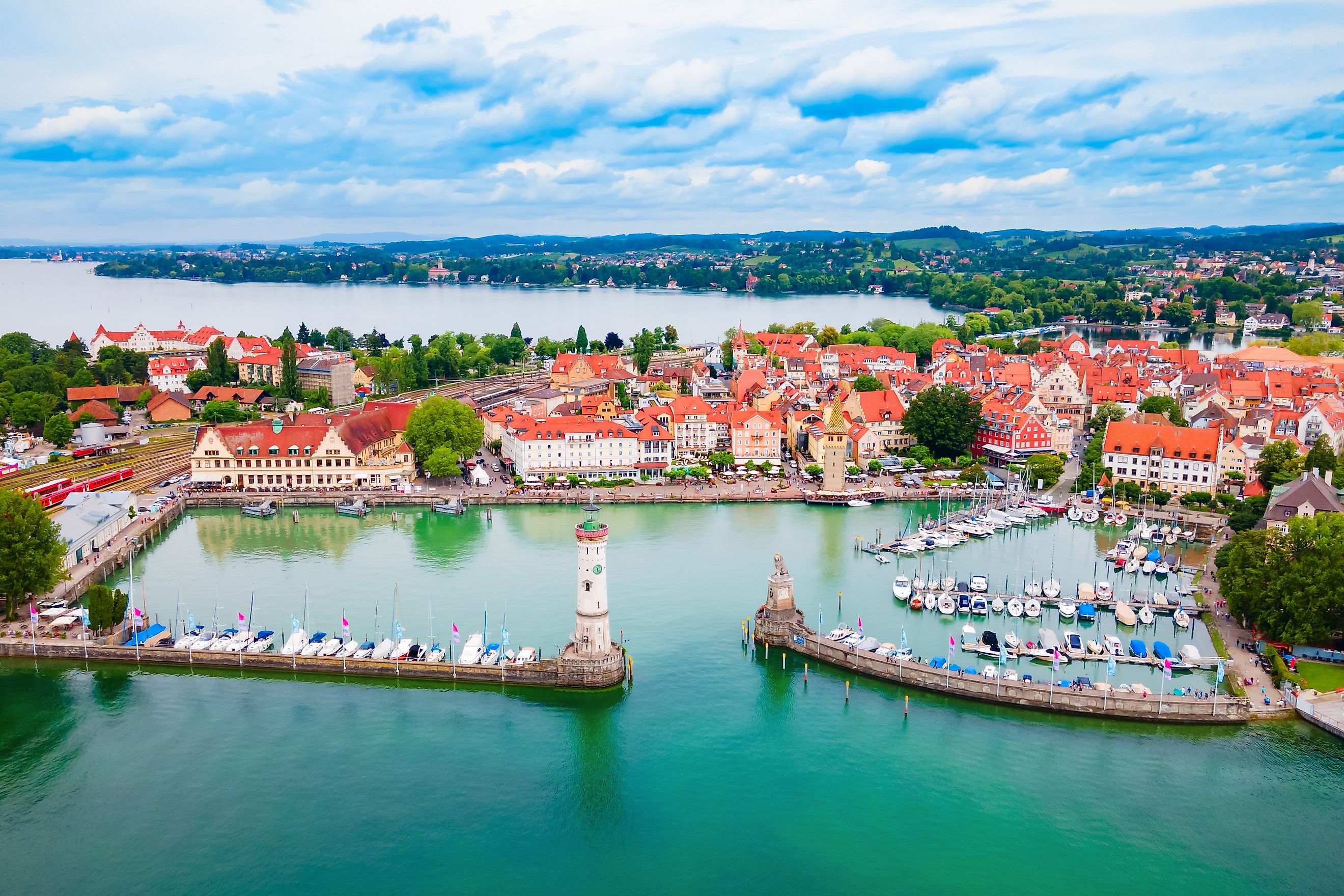
10 Whimsical Towns In Germany
Most people might assume that Germany is all about rigidity, efficiency, and austere business. But from a nation in Europe that has given the world the whimsical likes of Wolfgang Amadeus Mozart, Albert Einstein, and the Brothers Grimm, one can find several whimsical towns in Germany worth visiting for the history, the culture, and the majestic German landscape. Whether you are ogling over the well-crafted porcelain of Meissen or learning of the past in Quedlinburg, you will be swept away by the fairytale hamlets and villages in the land of Deutschland. Though the wounds and scars inflicted by other German figures like Adolf Hitler still penetrate even today, you need not feel so anxious or worried about a bygone Fascist era when you are enjoying all the modern charms and delights of Germany’s most whimsical small towns.
Görlitz
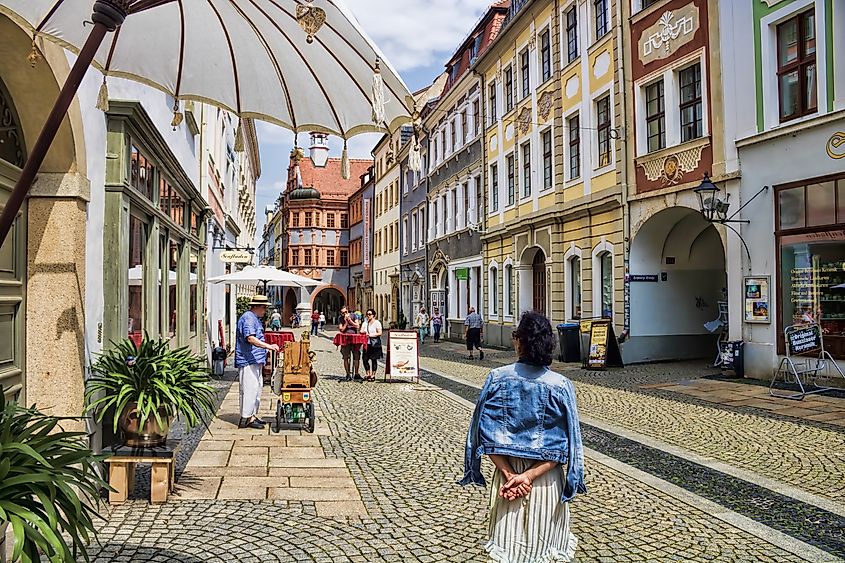
Surround yourself with over 4,000 landmarks and historic structures in the small town of Görlitz. Only about 68 miles from Dresden and close the border of Poland, Görlitz is better known as “Görliwood” because several astounding movies such as Inglourious Basterds, The Book Thief, and The Grand Budapest Hotel were filmed in such a cinematic town. Among the many dynamic backgrounds and features in Görlitz include the different architectures that all hail from either the Gothic, Renaissance, Baroque, Art Nouveau, and Wilhelminian periods.
The Silesian Museum expounds much of Görlitz history as well as the history of art in Germany, Poland, and the Czech Republic. Meanwhile, the Upper Market (Obermarkt) is encircled by Baroque buildings just as the Lower Market (Untermarkt) is surrounded by the medieval homes of cloth makers. At Saint Peter’s Church, one can admire the early-18th-century Sun Organ for its instrumental and impressive artistry. And in fine lodgings like the Emmerich Hotel, Parkhotel Görlitz, and The Golden Ostrich Hotel, you will feel welcomed and at home in the whimsical small town of Görlitz.
Bad Wimpfen
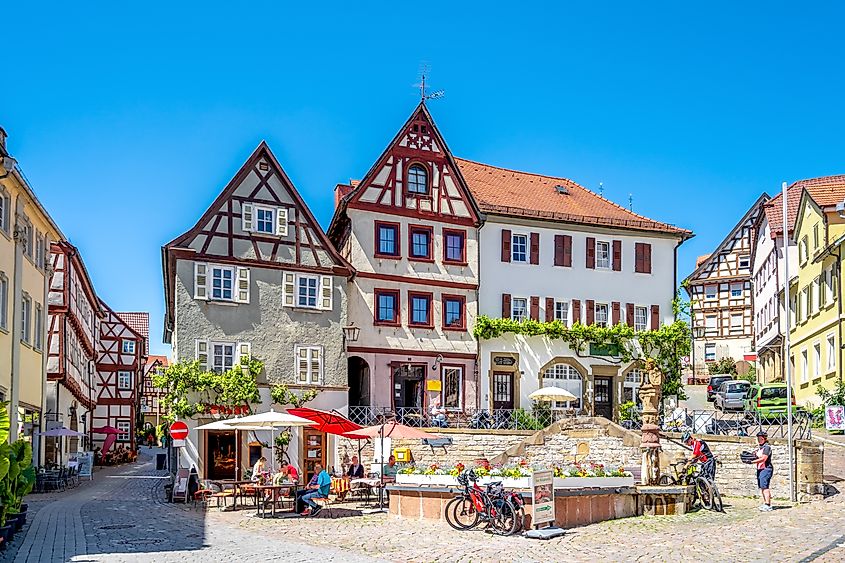
About 24 minutes north of the city of Heilbronn, the resplendent town of Bad Wimpfen is a good place to visit. Whether you are admiring the homes along the river Neckar that date back to when the Baden-Württemberg region was part of the Roman Empire, or marveling at the architectural allure of the Staufian Imperial Palace and the nearby Blue Tower, Bad Wimpfen will hardly leave a bad impression in your first and many more visits. Tour through the regal estates of even more medieval grounds, such as Kaiserpfalz Bad Wimpfen and the Kloster Bad Wimpfen monastery. Almost every month in the year, the nearby rural area of Hohenstadt hosts a number of large festivals and events like the Valley Market almost every month, the Imperial City Festival in September, and the Christmas Market in December. So, if you are eager to see more of what Bad Wimpfen has to offer, you should definitely book a room at the Hotel Neues Tor.
Quedlinburg
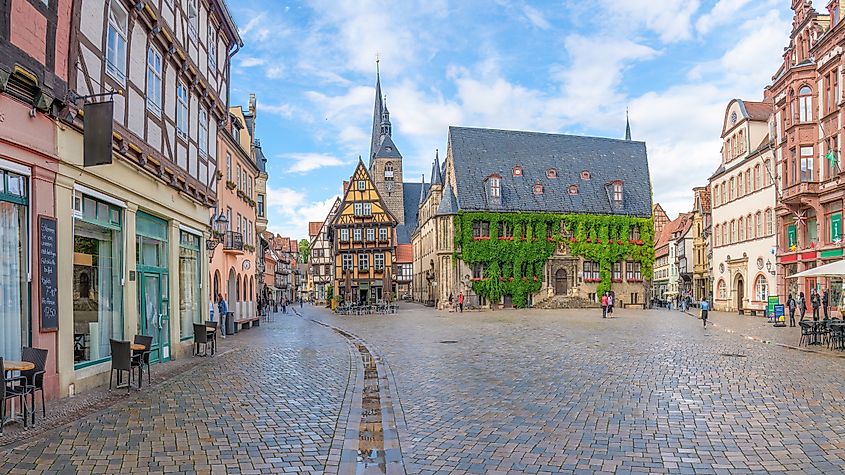
Originally the capital of the East Franconian German Empire when the Saxonian-Ottonian dynasty reigned, Quedlinburg has retained much of its imperial splendor that it is deemed one of many UNESCO World Heritage Sites in Germany. The Collegiate Church of St. Servatius—one of the best churches from the Middle Ages—continues to preserve much of its artworks from the 10th to 12th centuries and even houses the tomb of King Henry I.
The seat of the East Franconian German Empire, Quedlinburg Castle, welcomes one and all to its dominating atmosphere, just as the Klopstockhaus offers newcomers insights into local poet Friedrich Gottlieb Klopstock. You can admire thousand-year-old artifacts at the Schlossmuseum, or you can explore the sublime landscapes surrounding Quedlinburg, such as the Harz Mountains and Bode Gorge. If you ever get exhausted from all the traveling, you ought to rest and recharge at either the Hotel Balneolum, Hotel am Hoken or Hotel Tilia.
Rothenburg Ob Der Tauber
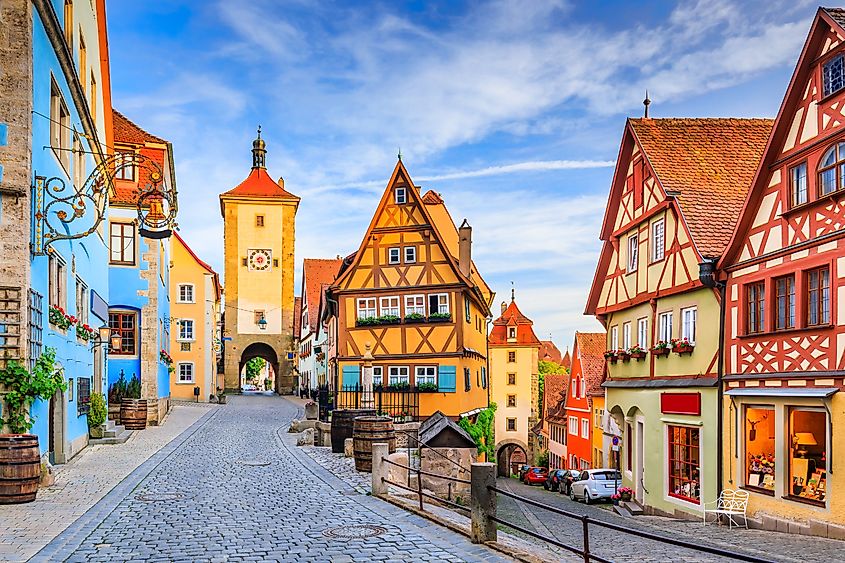
Want to step into the pages of a Brothers’ Grimm fairytale? Then head over to the immersive small town of Rothenburg Ob Der Tauber, where the Bavarian Alps and its location in the Tauber River valley make it all feel like you are walking through a fairytale landscape. Originally, Rothenburg Ob Der Tauber was once a Hohenstaufen fortress and free imperial city from the period of 1274 - 1803. Tilman Riemenschneider, a renowned woodcarver, made the late Gothic altarpiece that continues to amaze at Saint Jakob’s Church.
Perhaps the most whimsical epoch in Rothenburg Ob Der Tauber’s history is when one of its townsfolk won a dare against a Catholic League army in the Thirty Years’ War, which the Imperial City Museum immortalizes as well as a play called Der Meistertrunk (“The Master Gulp”) which you can watch every Whitsuntide (Whitesun, a Christian holy day of Pentecost). Do consider the Gästehaus Am Heckenacker or Hotel Rappen Rothenburg ob der Tauber as amicable options for lodgings if you plan on staying longer in Rothenburg Ob Der Tauber.
Füssen
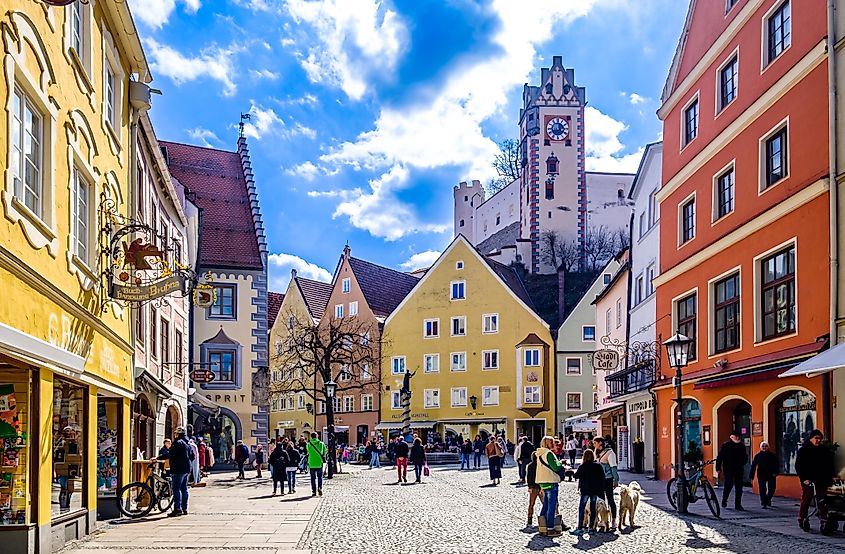
Close to the national border of Austria and approximately two hours from the city of Munich, the Bavarian town of Füssen is one of the oldest towns in Germany by 700 years. One can traipse through the Baroque dwellings of renowned violin and lute makers as well as the High Palace from the Medieval Age. Overlooking the town and the Lech River, from the slopes of the Allgäu and Bavarian Alps are two prominent castles worth visiting—the Neuschwanstein Castle, a magnificent estate reminiscent of a fairytale castle that princesses would live in; and Hohenschwangau Castle above Schwansee (Swan Lake), where one can explore the Swan Knight’s Hall, Guelph Room, and Hohenstaufen Room. No need to worry about accommodations, especially when you are staying at fine establishments such as the Ferienhaus "Beim Lenzer" and the Ferienwohnungen Allgäu Moni.
Mittenwald
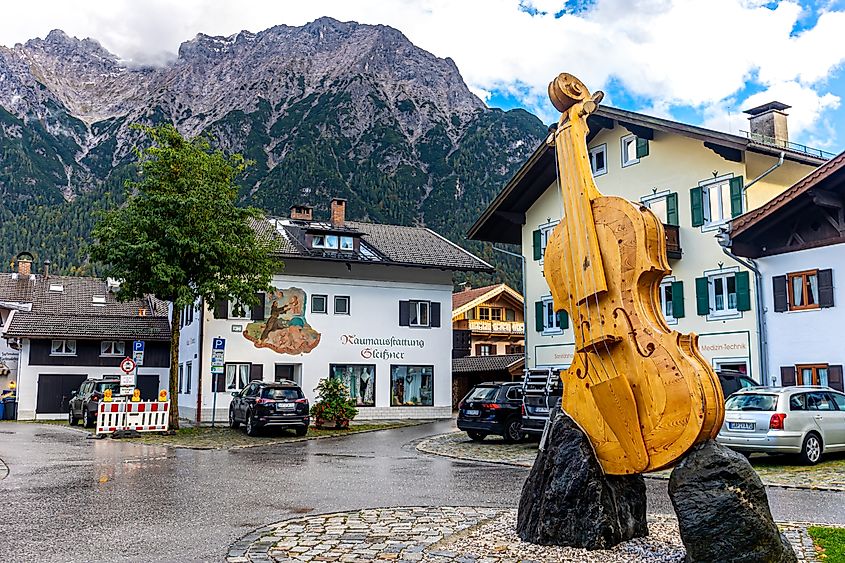
On the Alpine peaks of Bavaria and about 50 miles from Füssen, the grand town of Mittenwald entreats travelers to many superb landscapes along a previously Roman trading route. Walk along the many trails crisscrossing the Karwendel Mountains or down beside the Isar River. Explore even more mountains, such as the Leutaschklamm Range and the Wetterstein Range, the latter leading to Zugspitze, Germany’s highest peak at 9,718 feet. Learn all about the makings of handcrafted violins from the 17th century at a time when nations like Germany and Austria championed the musical arts. Most importantly, discover how Mittenwald became a major transportation hub in World War I when it connected with distant towns and cities like Garmisch and Innsbruck. Once all is said and done, you can sleep a peaceful or dreamy sleep at either the Hotel Bichlerhof, Landhaus Albrecht, or Hotel Sonnenbichl Mittenwald.
Lindau
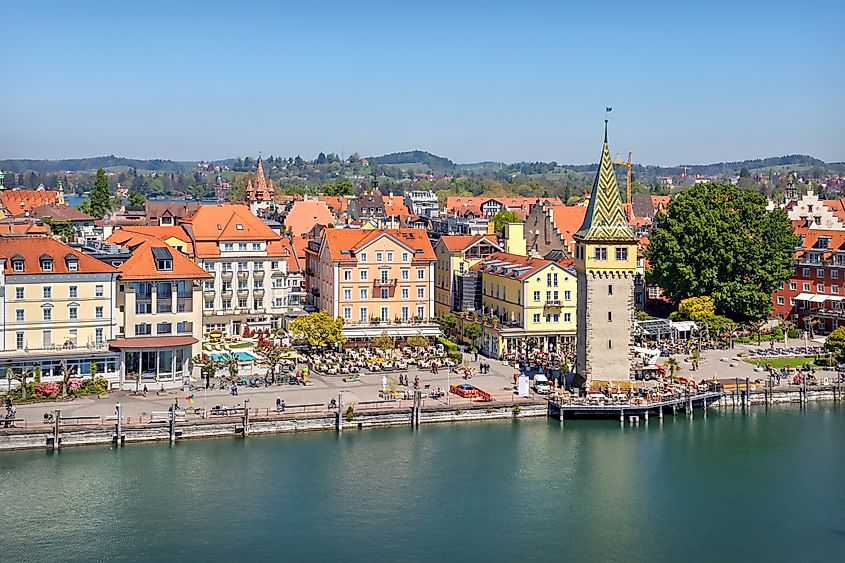
The “Garden City” of Lindau can be found beside the vast Lake Constance, more locally known as Bodensee. However, the first and original town of Lindau—which in turn was formerly a Roman camp called Tiberii, a Benedictine abbey in the year 810, and a fortressed and free imperial city of the Holy Roman Empire in 1275—can be found on Lindau Island on Lake Constance (the word “Lindau” means the “island where lime trees grow”), where one can be thrust into the past while touring the Gothic Altes Rathaus (Old Town Hall). Tourists can admire the mountainous backgrounds and Lake Constance/Bodensee from Stadtgarten, or you can gawk at a 19th-century Bavarian lion adjacent to a stone lighthouse at the town harbor. There are also intricately carved human sculptures at the Lindaviabrunnen and a 12th-century watchtower called the Mangturm at Seepromenade. If you are seeking accommodations, look no further than to the Hotel Bayerischer Hof or Garni Hotel Noris.
Cochem
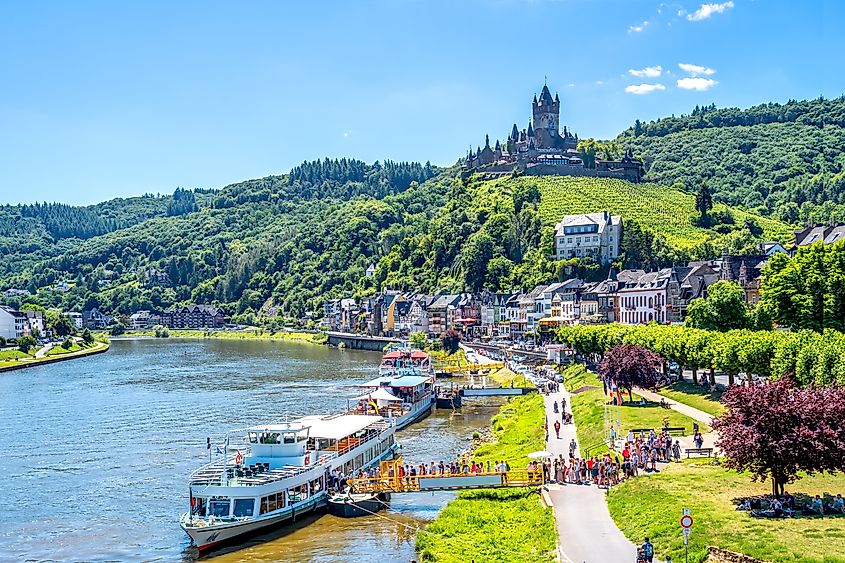
Located on the “German Wine Route,” the refreshing and delightful town of Cochem offers the best wine from the greatest 13th and 15th-century wineries in the region. Whether you are inhabitants of the Moselle River valley or people coming in from the nearby nations of France and Luxemburg, you will certainly be enamored by Cochem’s bevy of beverages as well as other attractions for you to savor, such as Reichsburg Cochem (“Cochem Imperial Castle”) which has defended Cochem’s vineyards for centuries.
At the Bundesbank Bunker Cochem, one can find the hiding spots that sheltered billions of Cold War currencies until it was discovered some time ago. Meanwhile, the Burgruine Winneburg and Burgruine Coraidelstein stand as immersive and interpretive ruins, giving greater glimpses into Cochem’s past. So take your time and cherish a fine glass of wine in the small town of Cochem, particularly in one of Cochem’s lavish establishments like the Hotel Hegenbarth´s or Ich Zeit-Apart Hotel.
Wismar
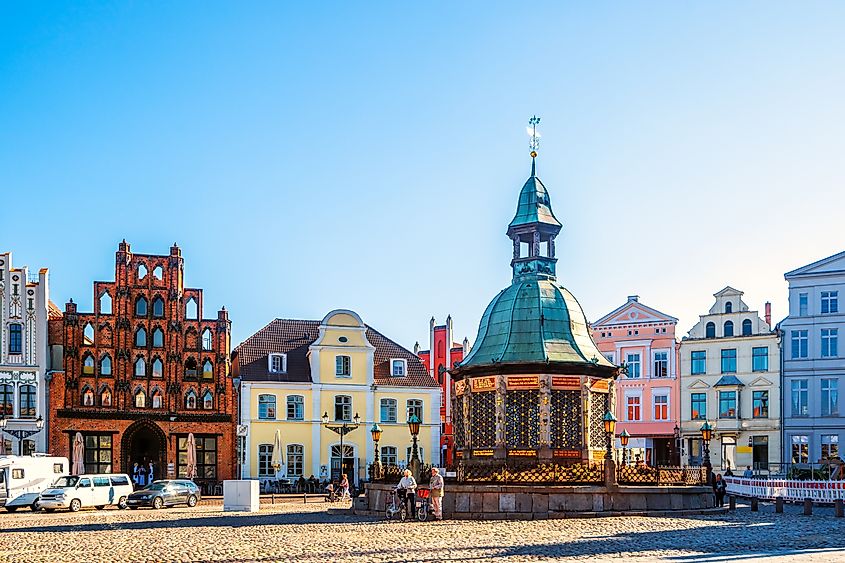
Beside the placid Wismarbucht (Wismar Bay) and a few miles east of the city of Lübeck lies another UNESCO World Heritage town, Wismar. Since its founding in the year 1229, Wismar has been a member of the Hanseatic League from the 13th to 15th centuries, trading in herring and beer to other members of the Hanseatic League. When control of Wismar passed to Sweden in the year 1648, it became a major administrative and defensive center in the European mainland. During World War II, Wismar’s shipyards saw to the construction of many vessels bound for the Baltic Sea. Travelers can appreciate interactive technology exhibits of Wismar’s past at the phanTECHNIKUM museum. Of course, you can always go walking towards notable landmarks such as the Wasserkunst, a spring-fed stone created to supply Wismar with water, and the Wassertor, the only remaining city gate from 1450.
Meissen
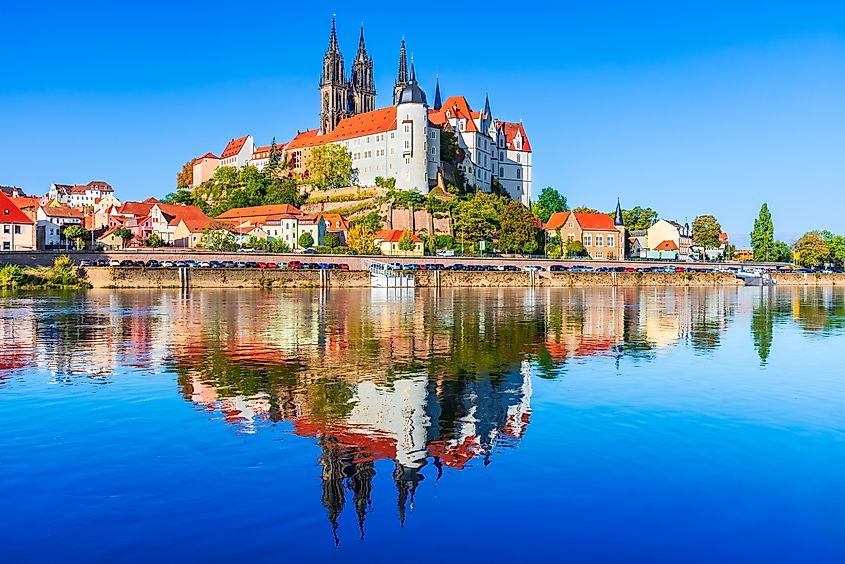
Pick your favorite porcelain in the pretty town of Meissen. Only 16 miles from Dresden along the Elbe River, Meissen started off as the Slavic settlement of Misni and continued to prosper under the differing leaderships of King Henry I, the House of Wettin when it became the “cradle of Saxony”, the bishops of the diocese of Meissen, and more in later years. However, Meissen became famous for its manufacturing of porcelain in the 18th century. The Meissen Porzellan-Stiftung (Meissen’s Museum of Porcelain) delves into the story of how a desperate alchemist named Johann Friedrich Böttger attempted to discover the Philosopher’s Stone but instead discovered how the Chinese created hard-paste porcelain.
Albrechtsburg Castle contains samples of these famous porcelain made by the Meissen Porcelain Factory, one of the oldest porcelain factories in Europe. Another nearby castle, called Schloss Siebeneichen, and an eloquent estate known Schloss Proschwitz also contain a few porcelain trinkets for your leisure. If you are excited to explore more of Meissen’s engaging attractions, you should consider booking a room at Ferienhof Gräfe - Eckhard & Christine Gräfe, Hotel Alte Klavierfabrik Meißen, or Dorint Parkhotel Meißen.
With Füssen and Rothenburg Ob Der Tauber’s fairytale atmosphere, Cochem’s wine and Meissen’s porcelain, and the impressive architectural masterpieces found in Quedlinburg and Lindau, travelers from all over the world will see how monumental the German people’s creations can be even when it is not centered in major cities like Berlin. Regardless of whether you know all about Germany because of Nietzsche’s nihilism, Sigmund Freud’s psychoanalysis, Johannes Kepler’s dedication to heliocentrism, or more obvious sources of information about Deutschland, you will undoubtedly rethink your thoughts on Germany when you are exploring its most whimsical small towns worth visiting this 2024.











